A series of universities, colleges, intermediate schools and continuing education centers are expected to be merged, consolidated or converted to a model to streamline the apparatus, improve operational efficiency, and move towards a more modern, flexible and autonomous education system.
Streamline and improve training quality
The core objective of the plan proposed by Ho Chi Minh City is to reorganize the system of public service units, especially educational institutions, in a streamlined, reasonably structured and efficient manner. At the university level, the plan proposes to maintain the following schools: Pham Ngoc Thach University of Medicine and Thu Dau Mot University, and to reorganize Saigon University on the basis of merging Ba Ria - Vung Tau Pedagogical College due to similarities in the field of pedagogical training.
The biggest change is taking place in the college and secondary school system. Before the reorganization, the city had 19 colleges and 20 public secondary schools. Under the new plan, all public secondary schools will be merged into colleges or upgraded, with the ultimate goal of the city having no more public secondary schools.
In the health sector, the city plans to reorganize Binh Duong Medical College by merging with Ba Ria - Vung Tau Medical College, and change its name to Ho Chi Minh City Medical College. In the economic - technical sector, Ho Chi Minh City College of Economics plans to merge with Binh Duong College of Economics. Ho Chi Minh City College of Economics and Technology will merge with Tran Dai Nghia College and District 12 College of Economics and Technology, and then change its name to Tran Dai Nghia College.
In the field of transportation, Ho Chi Minh City College of Transport merged with Binh Duong Vocational Education and Driving Test Center and Ba Ria - Vung Tau Vocational College of Transport. At the same time, the Saigontourist College of Tourism and Hospitality was newly established on the basis of upgrading the Saigontourist College of Tourism and Hospitality.
In addition, the city plans to merge three units to form the Ho Chi Minh City College of High-Tech Agriculture. Another important goal is to promote financial autonomy. The plan aims that by 2030, 100% of vocational training institutions will be self-sufficient in regular expenses.
Another reform highlight is the model transformation of 41 existing vocational training and continuing education centers. These centers will be merged and converted into 37 vocational high schools - a type of school identified as equivalent to high school level, providing public services according to inter-ward and commune areas.
Merger plans were also proposed, such as merging 3 centers in District 5 (old) into Chu Van An Vocational High School, or merging 2 centers in District 1 (old) into Le Quy Don (or Tan Dinh) Vocational High School.
Mr. Mai Hoang Loc - Vice Principal of Nguyen Tat Thanh Secondary School, commented: "The implementation of the project of rearranging and merging educational institutions in Ho Chi Minh City is a correct policy, demonstrating the determination to innovate management in the field of vocational education. Streamlining the apparatus, improving operational efficiency and moving towards autonomy is an inevitable trend.
However, this is a complicated process that needs to be carried out with caution, with clear criteria and a suitable roadmap, so that the arrangement not only achieves the reorganization goal, but also ensures the stability and sustainable development of the entire system."
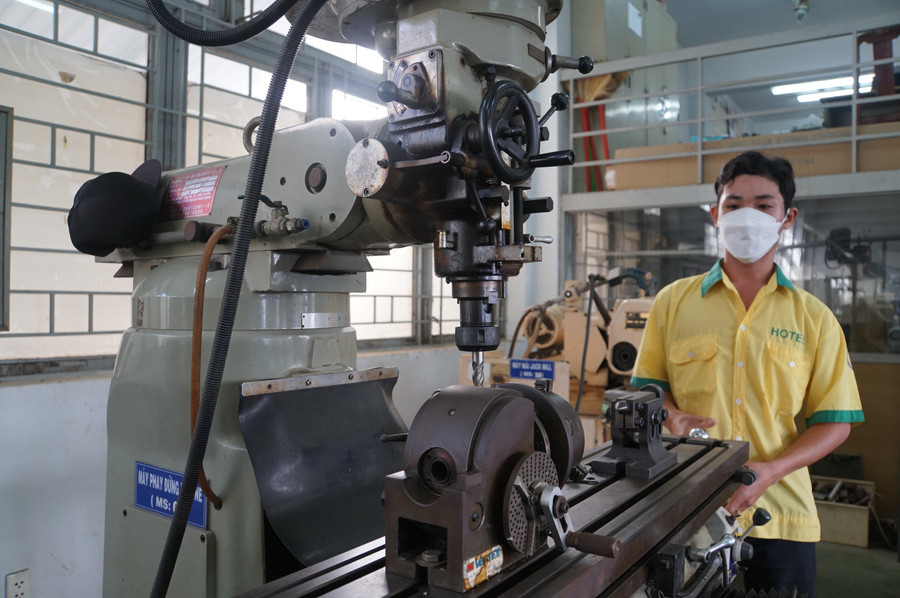
Ensuring learners' rights
Education experts believe that the process of implementing the arrangement and merger of schools needs to be carefully calculated to avoid unnecessary disruptions. Mr. Tran Anh Tuan - Vice President of the Ho Chi Minh City Vocational Education Association, expressed: "I welcome the policy with the goal of streamlining the apparatus, avoiding overlap, improving efficiency and autonomy. However, I am concerned that hasty implementation may cause disruptions in training, human resources and enrollment."
According to Mr. Tuan, to be successful, the merger needs to adhere to core principles: Ensuring continuous training quality, building a suitable new management model and having a sustainable financial plan.
He especially emphasized the key solutions: Regarding human resources and organizational culture, it is necessary to evaluate the capacity of all staff and lecturers; build a fair arrangement roadmap, have a conversion training policy and a reasonable support package for those who are cut.
In particular, it is necessary to maintain the “professional culture” that is unique to each institution, avoiding imposing a single model. At the same time, it is necessary to ensure the rights of learners by announcing clear transfer regulations on credit recognition, tuition fees and graduation roadmap. Communication work needs to be transparent with students, parents and businesses.
Sharing the same view, Mr. Mai Hoang Loc said that the criteria for mergers should be made public and not just based on similarities in professions. “It is necessary to look more deeply into organizational culture, staff capacity, financial capacity, facilities and especially geographical location. If schools in different provinces and cities are merged without careful calculation, difficulties will arise in management, directly affecting learners,” Mr. Loc analyzed.
He also proposed a transitional roadmap of at least 2-3 years, while emphasizing the importance of preserving the name and brand. When merging, there should be a harmonious approach, such as retaining the old name in the form of a branch or affiliated faculty. This shows respect for tradition and helps maintain social trust.
“This must be an arrangement for development, not simply a merger for streamlining. This process requires caution, a clear legal roadmap and high consensus from the whole society to truly bring a new future for the city's human resources,” Mr. Loc emphasized.
According to the draft, the overall plan will be reviewed and approved by the competent authorities. Then, detailed plans for each unit and field will be developed and submitted for approval for decision issuance. The goal is to complete the entire process of arrangement, promulgation of new regulations on functions and tasks and stabilization of the units' operations.
Source: https://giaoducthoidai.vn/tphcm-du-kien-sap-xep-he-thong-truong-dai-hoc-cao-dang-trung-cap-tinh-gon-hieu-qua-hon-post752641.html



![[Photo] Worshiping the Tuyet Son statue - a nearly 400-year-old treasure at Keo Pagoda](/_next/image?url=https%3A%2F%2Fvphoto.vietnam.vn%2Fthumb%2F1200x675%2Fvietnam%2Fresource%2FIMAGE%2F2025%2F12%2F02%2F1764679323086_ndo_br_tempimageomw0hi-4884-jpg.webp&w=3840&q=75)


![[Photo] Parade to celebrate the 50th anniversary of Laos' National Day](/_next/image?url=https%3A%2F%2Fvphoto.vietnam.vn%2Fthumb%2F1200x675%2Fvietnam%2Fresource%2FIMAGE%2F2025%2F12%2F02%2F1764691918289_ndo_br_0-jpg.webp&w=3840&q=75)

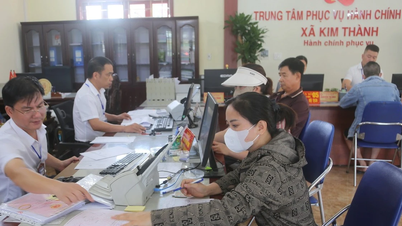



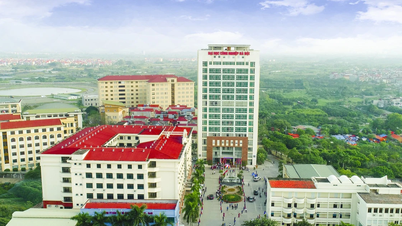



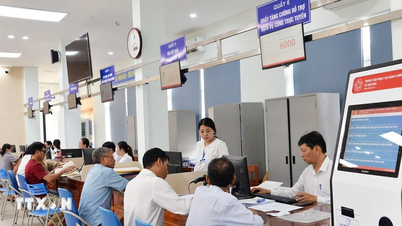


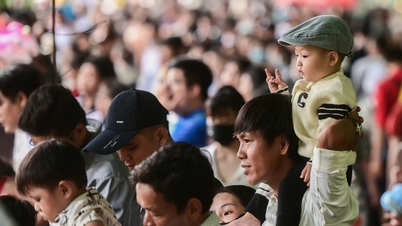

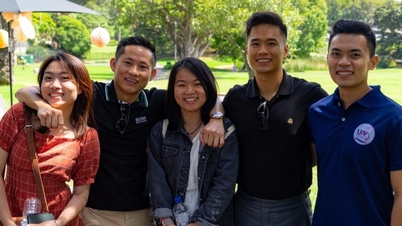

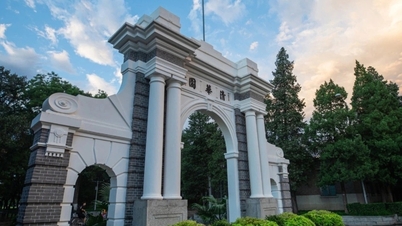











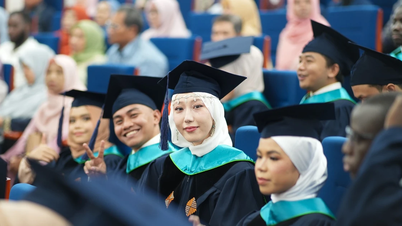


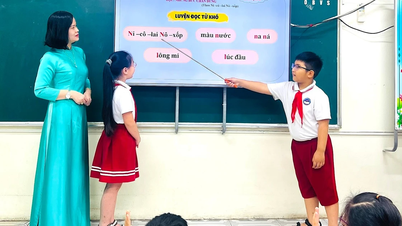
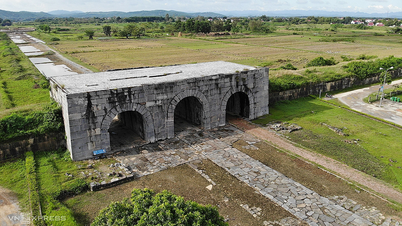






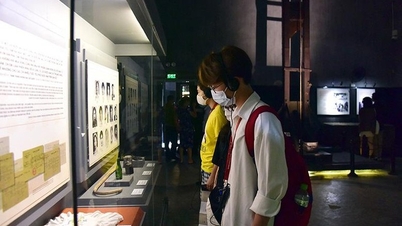





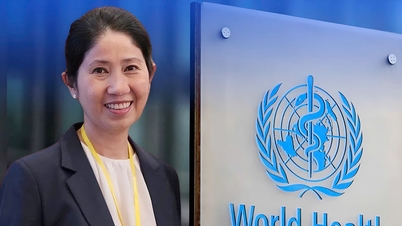






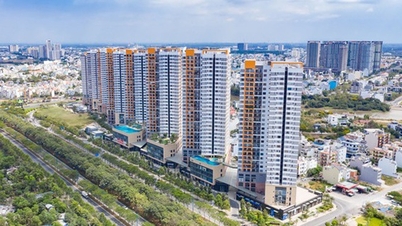











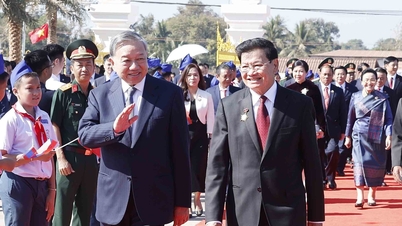
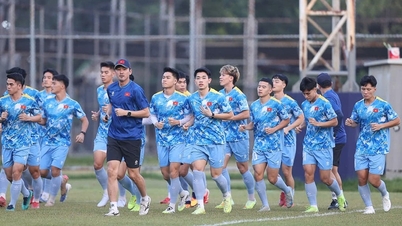



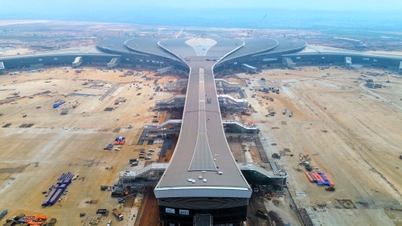


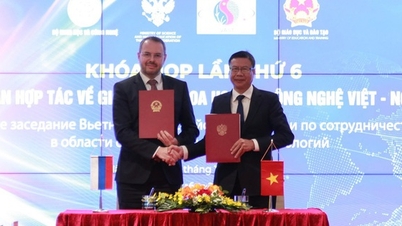
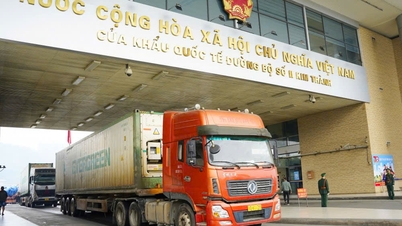

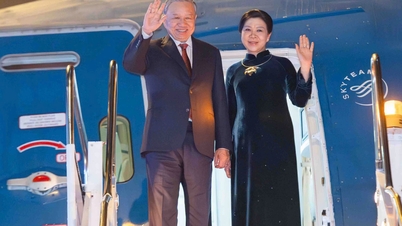

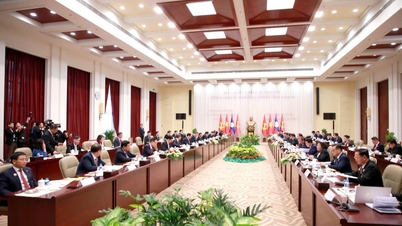

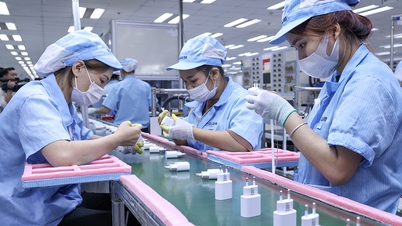
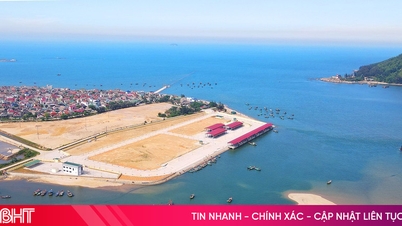

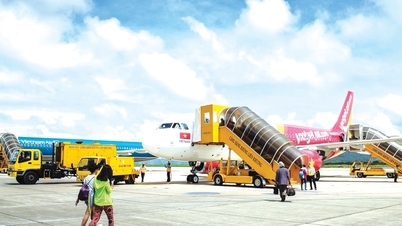

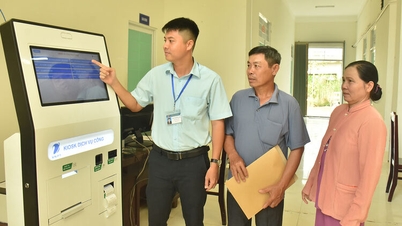


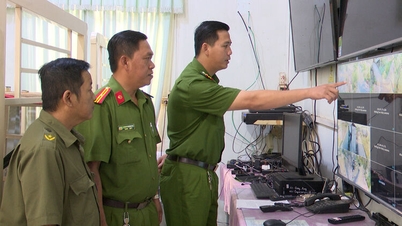













Comment (0)